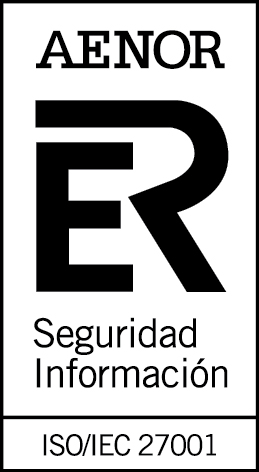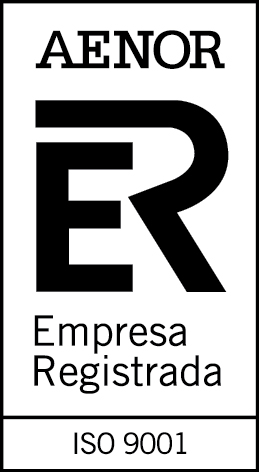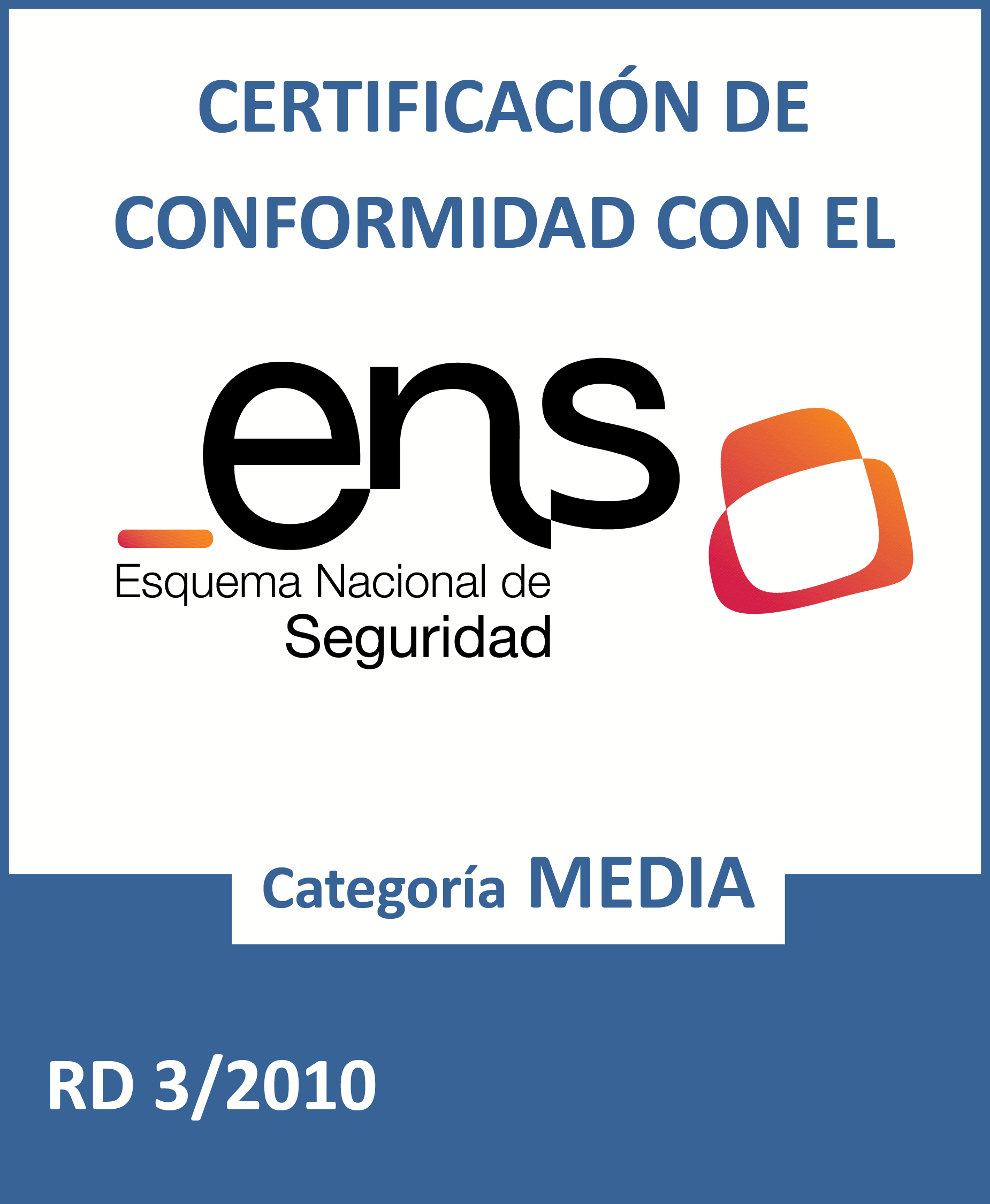ISTAC launches its own semantic asset bank
Fecha de la noticia: 09-01-2024

At the end of 2023, as reported by datos.gob.es, the ISTAC made public more than 500 semantic assets, including 404 classifications or 100 concept schemes.
All these resources are available in the Open Data Catalog of the Canary Islands, an environment in which there is room for both semantic and statistical resources and which, therefore, may involve an extra difficulty for a user looking only for semantic assets.
To facilitate the reuse of these datasets with information so relevant to society, the Canary Islands Statistics Institute, with the collaboration of the Directorate General for the Digital Transformation of Public Services of the Canary Islands Government, published the Bank of Semantic Assets.
In this portal, the user can perform searches more easily by providing a keyword, identifier, name of the dataset or institution that prepares and maintains it.
The Bank of semantic assets of the Canary Islands Statistics Institute is an application that serves to explore the structural resources used by the ISTAC. In this way it is possible to reuse the semantic assets with which the ISTAC works, since it makes direct use of the eDatos APIs, the infrastructure that supports the Canary Islands statistics institute.
The number of resources to be consulted increases enormously with respect to the data available in the Catalog, since, on the one hand, it includes the DSD (Data Structures Definitions), with which the final data tables are built; and, on the other hand, because it includes not only the schemes and classifications, but also each of the codes, concepts and elements that compose them.
This tool is the equivalent of the aforementioned Fusion Metadata Registry used by SDMX, Eurostat or the United Nations; but with a much more practical and accessible approach without losing advanced functionalities. SDMX is the data and metadata sharing standard on which the aforementioned organizations are based. The use of this standard in applications such as ISTAC's makes it possible to homogenize in a simple way all the resources associated with the statistical data to be published.
The publication of data under the SDMX standard is a more laborious process, as it requires the generation of not only the data but also the publication keys, but in the long run it allows the creation of templates or statistical operations that can be compared with data from another country or region.
The application recently launched by the ISTAC allows you to navigate through all the structural resources of the ISTAC, including families of classifications or concepts, in an interconnected way, so it operates as a network.
Functionalities of the Semantic Asset Bank
The main advantage of this new tool over the aforementioned registries is its ease of use. Which, in this case, is directly measured by how easy it is to find a specific resource.
Thanks to the advanced search, specific resources can be filtered by ID, name, description and maintainer; to which is added the option of including only the results of interest, discriminating both by version and by whether they are recommended by the ISTAC or not.
In addition, it is designed to be a large interconnected bank, so that, entering a concept, classifications are recommended, or that in a DSD all the representations of the dimensions and attributes are linked.
These features not only differentiate the Semantic Asset Bank from other similar tools, but also represent a step forward in terms of interoperability and transparency by not only offering semantic resources but also their relationships with each other.
The new ISTAC resource complies with the provisions both at national level with the National Interoperability Scheme (Article 10, semantic assets), and at European level with the European Interoperability Framework (Article 3.4, semantic interoperability). Both documents defend the need and value of using common resources for the exchange of information, a maxim that is being implemented transversally in the Government of the Canary Islands.
Training Pill
To disseminate this new search engine for semantic assets, the ISTAC has published a short video explaining the Bank and its features, as well as providing the necessary information about SDMX. In this video it is possible to know, in a simple way and in just a few minutes how to use and get the most out of the new Semantic Assets Bank of the ISTAC through simple and complex searches and how to organize the data to respond to a previous analysis.
In summary, with the Semantic Asset Bank, the Canary Islands Statistics Institute has taken a significant step towards facilitating the reuse of its semantic assets. This tool, which brings together tens of thousands of structural resources, allows easy access to an interconnected network that complies with national and European interoperability standards.














